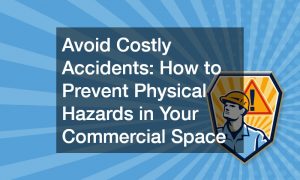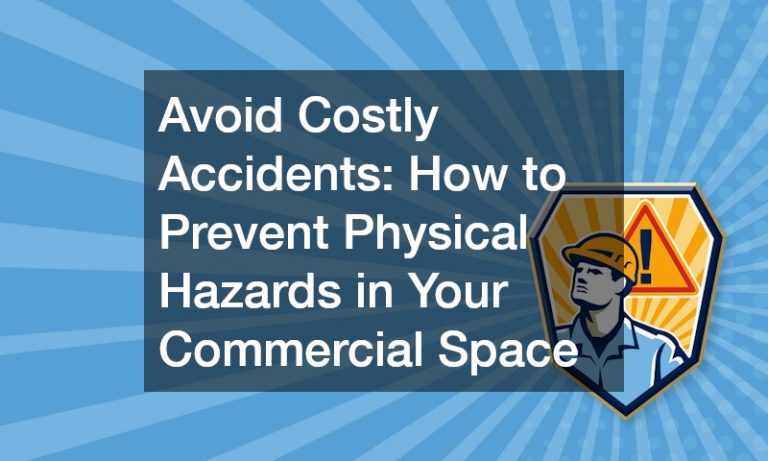Almost everyone has heard that you only have one chance to make a first impression. The same is true for websites. A website’s design and layout can make an excellent first impression or turn people away.
If you want your website to make a lasting appeal, it’s essential to understand the different elements of making one. These key components will help you create a visually inviting and user-friendly website.
So, what are the different elements of an effective website? Here are a few of the most important ones.
1. Layout
The layout of your website is the first thing that people will see. So, it’s essential to make sure that it is visually appealing and easy to navigate. Your website should be easy to read, and the layout should be simple enough that people don’t get lost navigating through it.
A website’s layout can be either fixed or fluid. A fixed design stays the same size, no matter what device it is viewed on. On the other hand, a fluid layout expands and contracts to fit the device it is being viewed on. Most websites use a fluid form because it is more adaptable to different devices.
Either way, it’s crucial to ensure that the layout is consistent across all devices. It means that the same elements should be in the same place on each device and that the text size and font should be adjustable so that it’s easy to read.
If you don’t have the time or resources to create a custom layout, there are many templates and themes available that you can use. Just make sure that the template you choose will resonate with your business. Another alternative would be to hire a web design company to create a custom layout for you.
2. Graphics and Images
Graphics and images are other essential bits of an effective website. They help to break up the text and add visual appeal. Plus, you can use them to illustrate your point or tell a story.
But, not all graphics and images are created equal. It’s crucial to ensure that the pictures and images you use are high-quality and relevant to your website. They should also be in line with your branding guidelines.
If you don’t have any graphics or images of your own, you can find royalty-free images online or hire a professional photographer to take some shots for you. While it might be a bit more expensive, this alternative will ensure that you get high-quality images that will help your website stand out.
3. Features and Functionality
One of the essential elements of an effective website is its features and functionality. Your website should be easy to use, and it should include all the features that your target audience needs. It has a search bar, contact information, and a way to purchase products or services.
It’s also essential to make sure that the website is responsive. It means that it will adapt to the device it is being viewed on and be easy to navigate.
If you’re not sure what features your website should have, you can do some research online or consult with a web developer. They will help you determine which features are the most important for your target audience.
4. Communication Tools

Regardless of the industry you’re in, it’s always best to include communication tools on your website. It has things like a blog, a forum, or a way to contact customer service. These tools will help you communicate with your target audience and build relationships with them.
Plus, they can also help you generate leads and increase sales. If you don’t have the time or resources to create these tools yourself, there are many third-party providers that you can use. When choosing your communications provider, check out the features of the community platform that they’re offering. This way, you’ll be sure that you’re getting the most out of your investment.
Also, make sure that the tools are easy to use and compatible with your website.
5. Branding
One of the most critical elements of an effective website is its branding. Your website should be consistent with your branding guidelines, and it should use the same fonts, colors, and images. It will help to create a unified look and feel for your website.
If you don’t have any branding guidelines, you can create them yourself or hire a professional to help you. Either way, what matters is that your website is consistent with your branding. It will help to create a strong connection with your target audience.
So, these are five of the most critical elements of an effective website. Keep them in mind when creating or redesigning your website. They will help you create an effective website that your target audience will love.











